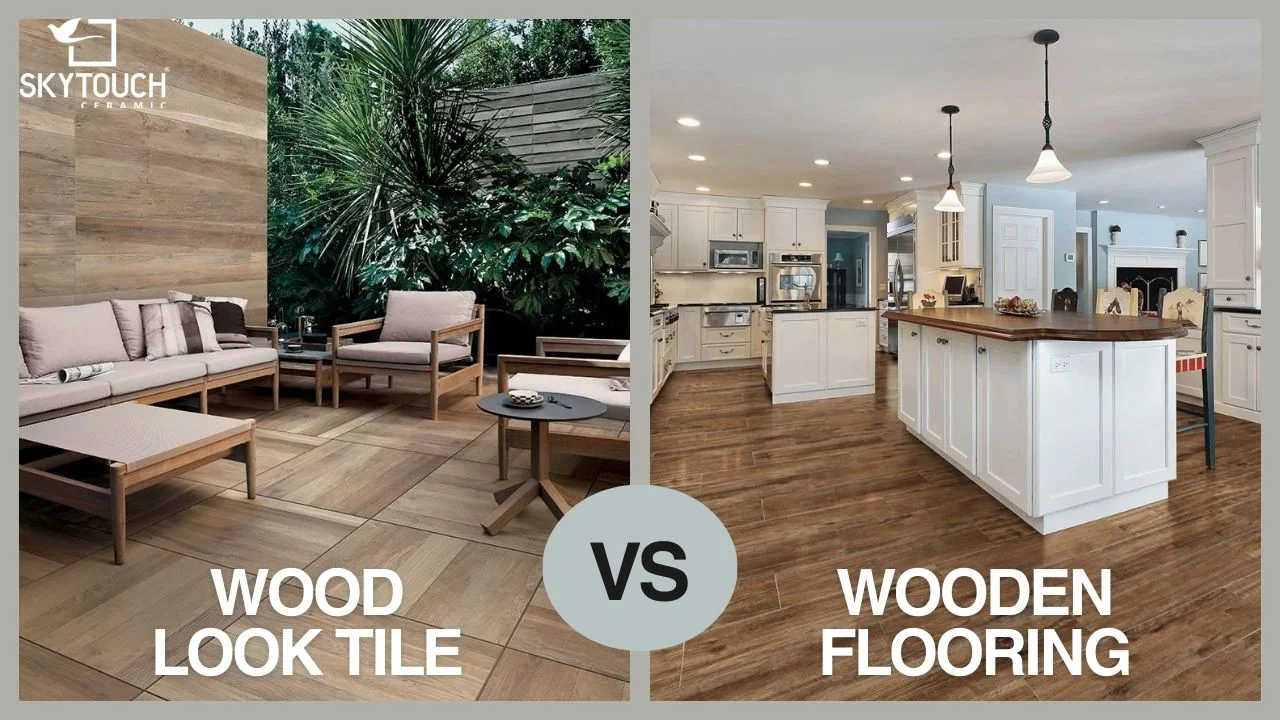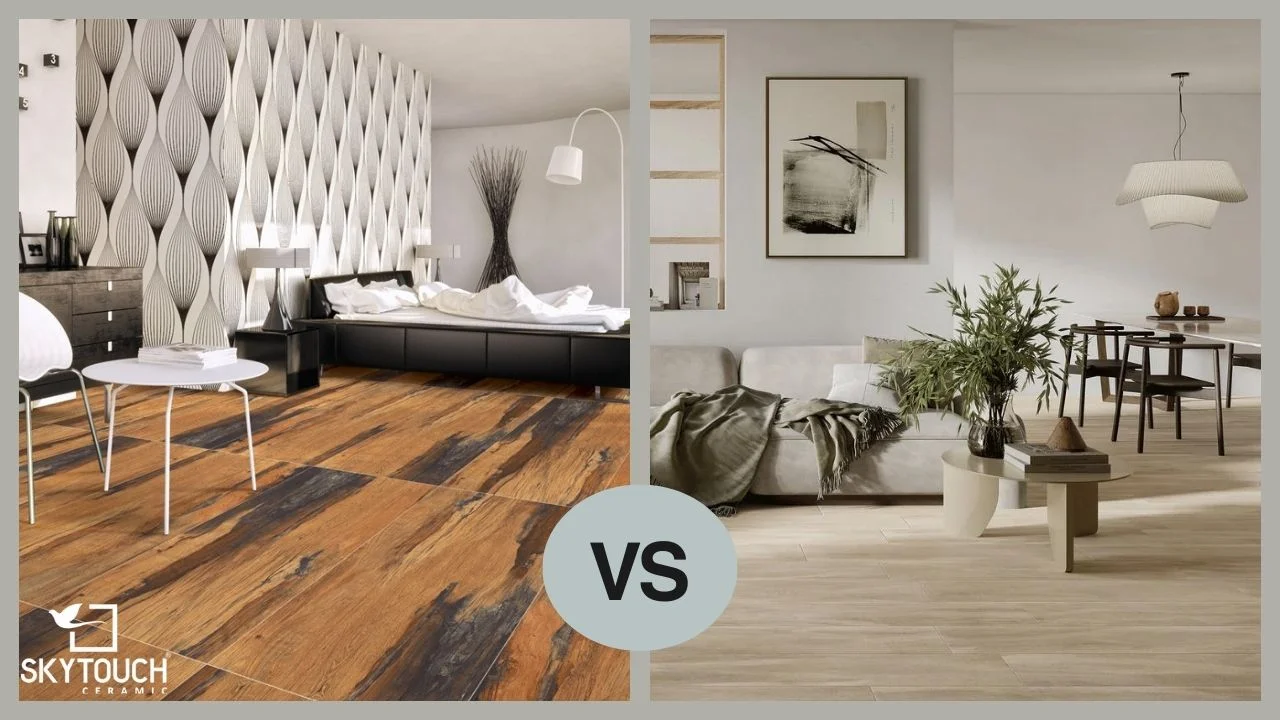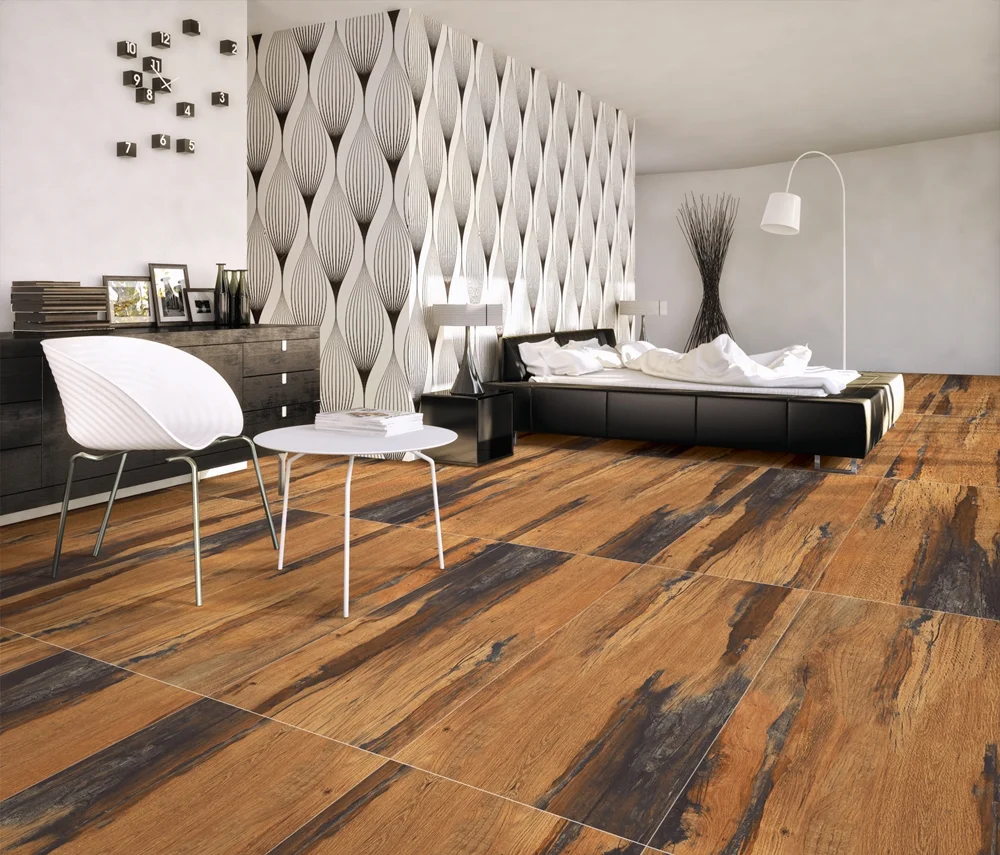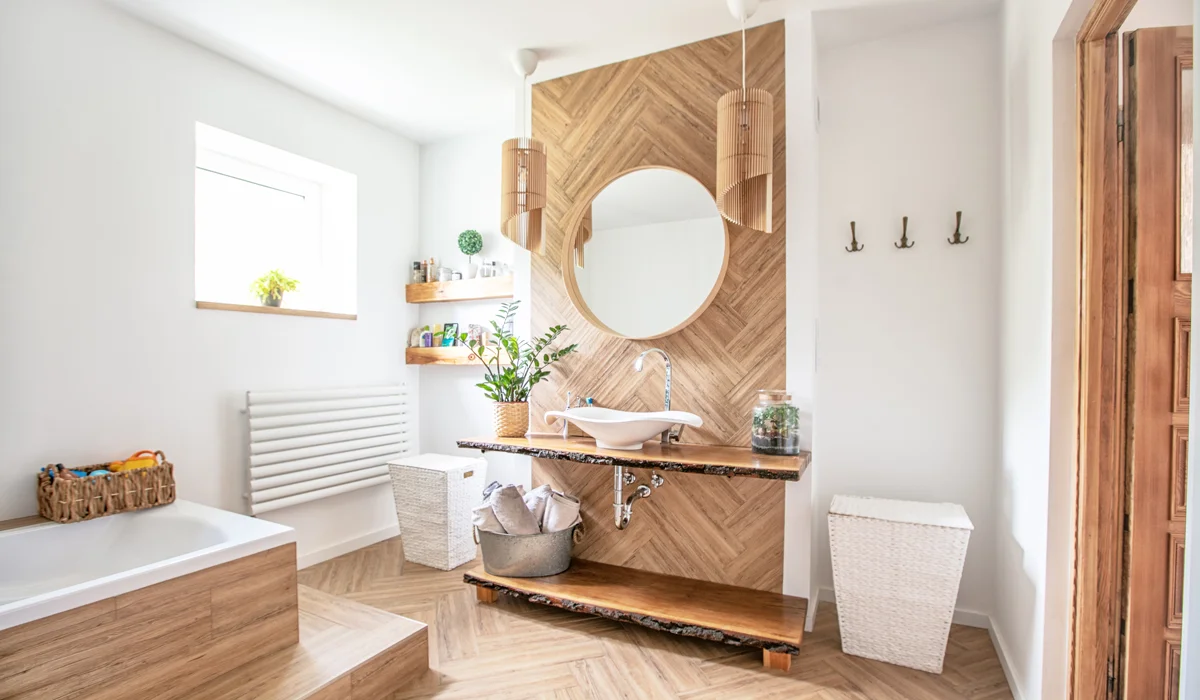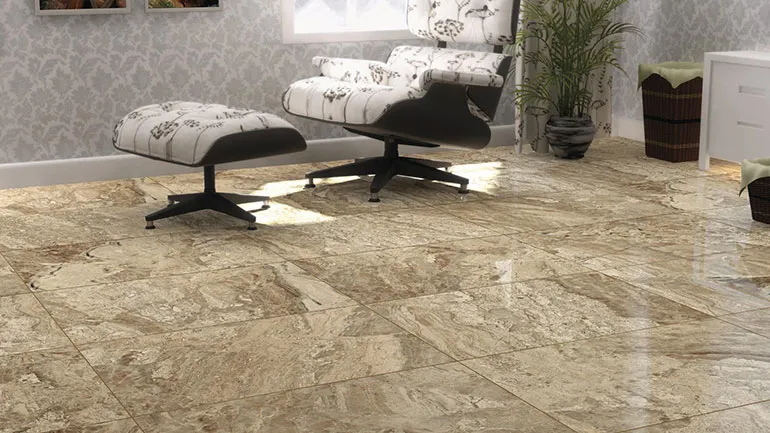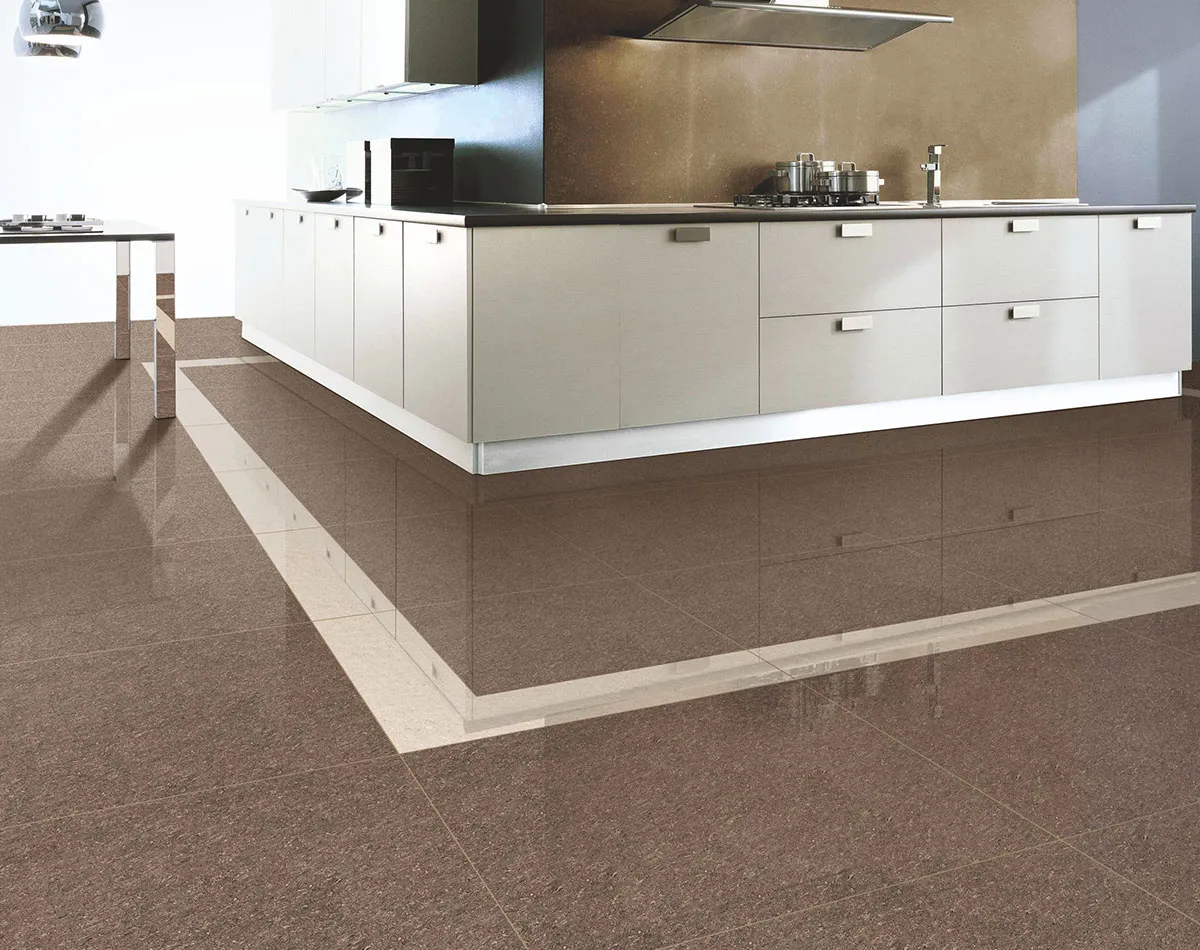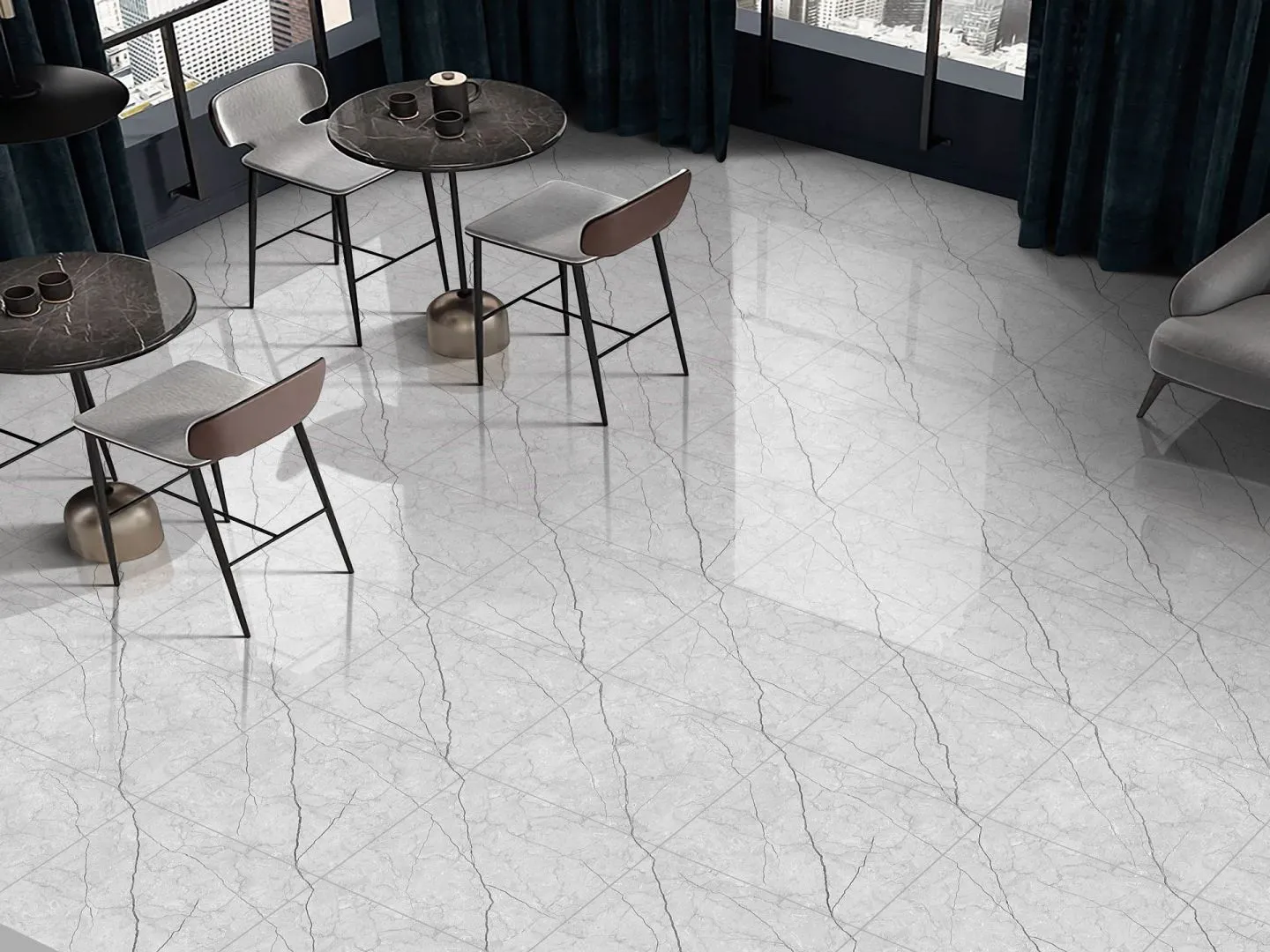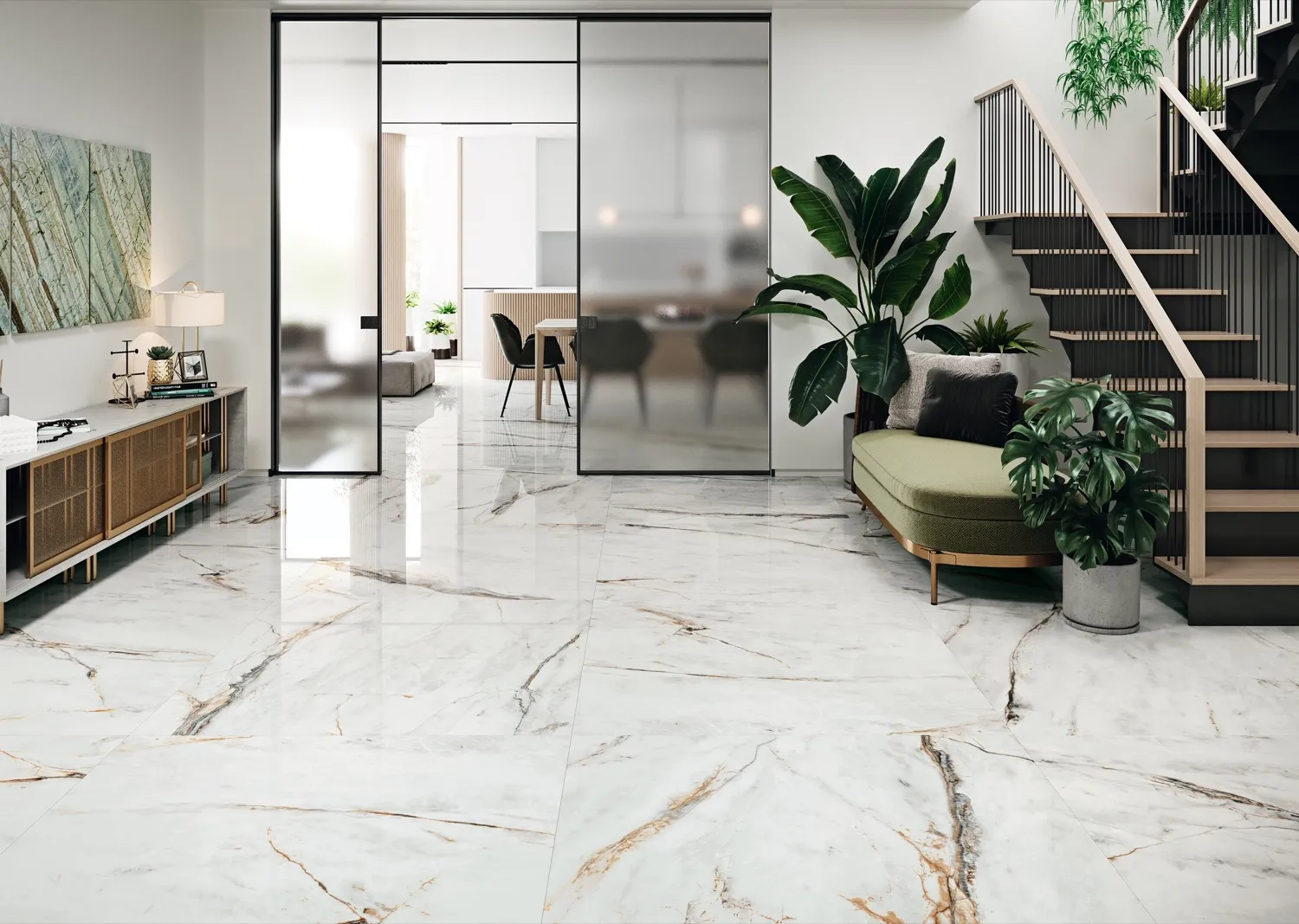So you're thinking of upgrading the floors in your home? You're trying to decide between wood look tile or actual wooden flooring. Hey, that's a tough choice! Both options have their pros and cons to weigh. Is wood look tile really as attractive as the real thing? And is wood flooring too high maintenance for your lifestyle? In this article, we'll explore the durability, appearance, cost, and upkeep factors of each flooring option. We'll help you figure out which is the best route for your home improvement project and lifestyle so you can make an informed decision.
Wood Look Tile vs. Wooden Flooring: The Key Differences
When choosing between wood look tile and actual wood flooring, there are some important factors to consider. Both options can give you the coveted warmth and natural beauty of real wood, but they also have significant differences in cost, durability, and maintenance.
• Durability: Tile is virtually indestructible compared to wood. It won’t dent, scratch, or stain like wood and is highly resistant to moisture damage. Wood flooring can scratch, dent, and stain over time and with pets or heavy foot traffic. For high-traffic, high-moisture areas like bathrooms, kitchens or entryways, tile is a more durable choice.
• Maintenance: While wood look tile is nearly maintenance-free, wood flooring requires regular care to keep it looking its best. Wood floors need to be swept, vacuumed, damp mopped, and periodically re-finished or re-stained. Tile just needs to be swept and mopped occasionally with a tile-safe floor cleaner. For low-maintenance flooring, wood look tile wins out.
Shop High Qualiy Wood Look Tiles
• Authenticity: If you want the authentic look and feel of real wood underfoot, wood flooring is the only option. While wood look tile does a pretty good job of emulating wood visually, it lacks the texture and warmth of real wood. For the most authentic wood appearance and experience, solid or engineered hardwood flooring is your best choice.
In the end, you'll need to weigh the pros and cons of cost, durability, maintenance, and authenticity to determine whether wood look tile or real wood flooring is right for your space. Both options have their merits, so go with what factors matter most to you.
The Pros and Cons of Wood Look Tile
Wood look tile can be a great alternative to traditional wood flooring. It provides the beauty of wood without some of the downsides. However, it’s not perfect and there are some factors to consider before choosing wood look tile over real wood planks.
Pros
• Durability: Wood look tile is extremely durable and long-lasting. It won’t dent, scratch or stain like wood and is water-resistant.
• Low maintenance: Tile requires little maintenance. It doesn’t need to be refinished or resealed and is easy to clean.
• Affordability: Wood look tile tends to be more affordable than real wood flooring. The material and installation costs are often lower.
Cons
• Lack of authenticity: Although wood look tile aims to mimic the appearance of wood, it lacks the true character and natural imperfections of real wood. The pattern tends to look repetitive over a large area.
• Hardness: Tile can be harder underfoot than wood and may not have the same warmth or give. It can be uncomfortable for long periods of standing.
• Difficult installation: Wood look tile typically requires more prep work and a longer, more complex installation process compared to wood flooring. It may need a concrete foundation and grout.
At the end of the day, you need to weigh the pros and cons for your specific needs and priorities. Wood look tile can be a suitable, lower-maintenance alternative, but for many homeowners, nothing quite compares to the beauty and feel of real wood flooring. The choice comes down to how much authenticity matters in your home renovation or design plans. Both options, if installed properly, can provide an attractive flooring surface for many years to come.
The Pros and Cons of Wooden Flooring
Wooden flooring can add warmth and natural beauty to your home. However, it also has some downsides to consider before installing it.
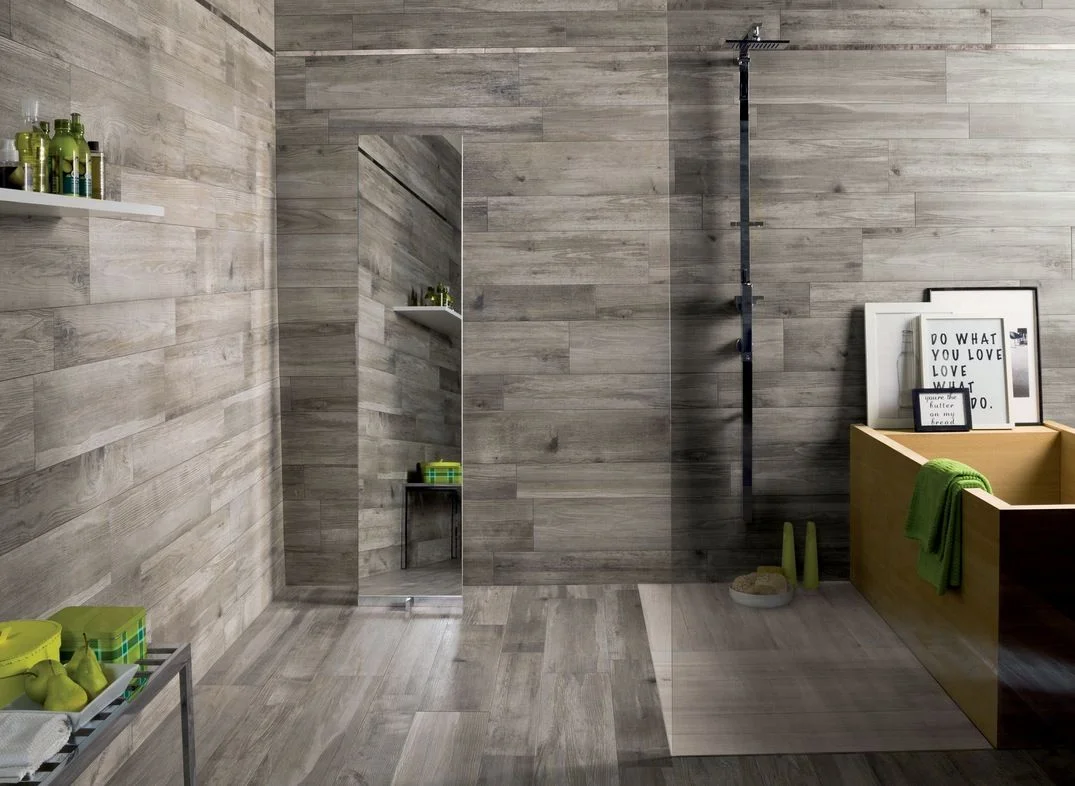
Pros
1. Wood is a natural insulator, so it helps keep your home cozy in winter and cool in summer.
2. Wooden flooring increases the value of your property. Hardwood floors are highly sought after and can boost your home's resale value.
3. Wood is durable and long-lasting. Properly cared for, hardwood floors can last 50-100 years or more.
4. Wood is easy to clean and maintain. Just sweep, mop or vacuum regularly and damp mop as needed.
Cons
1. Wooden flooring can be expensive, especially for high-quality exotic wood types. The initial cost may be higher than other flooring options.
2. Wood scratches, dents and stains easily. It requires careful maintenance and protection to keep it looking pristine.
3. Wood can warp or buckle if exposed to excess moisture. You'll need to control humidity levels in the home to prevent damage.
4. The installation process can be difficult for DIYers. Professional installation is often required, adding to the total cost.
5. Wooden floors may squeak, pop or creak over time. Seasonal expansion and contraction can lead to noises you'll have to live with.
Overall, while wooden flooring has some downsides like higher cost and maintenance needs, for many homeowners the benefits of beauty, value, and style far outweigh the potential cons. If you're looking for a flooring that provides timeless appeal, wooden flooring is hard to beat. With the variety of wood species, plank widths and stains available today, you can achieve a custom look perfect for your home's style.
Maintaining Wood Look Tile vs. Wood Floors
Wood look tile and actual wood floors each have their pros and cons when it comes to maintenance and upkeep. With wood look tile, you get the attractive appearance of wood without some of the hassles.
Wood Look Tile
Wood look tile is very low-maintenance. It's water-resistant, so spills and splatters won't damage it. You can simply wipe up messes with a damp mop or cloth. It also won't scratch, dent or warp like wood can. However, the grout between tiles will need to be sealed to prevent staining and make cleaning easier. Re-sealing the grout every few years is a good idea.
While wood look tile won't fade in sunlight like wood floors, the color can dull over time with normal wear and tear. An occasional damp mopping with a floor cleaner or vinegar and water solution will brighten up the color and leave your floors looking like new. For stubborn stains or marks, use an abrasive sponge or scrubber along with the floor cleaner.
Wooden Floors
Wooden floors require more care and upkeep. They need to be swept or vacuumed regularly to remove grit and dirt that can scratch the surface. Mopping with a wood floor cleaner once a week is ideal. Excess water can damage wood, so mop with a damp mop or cloth - not sopping wet.
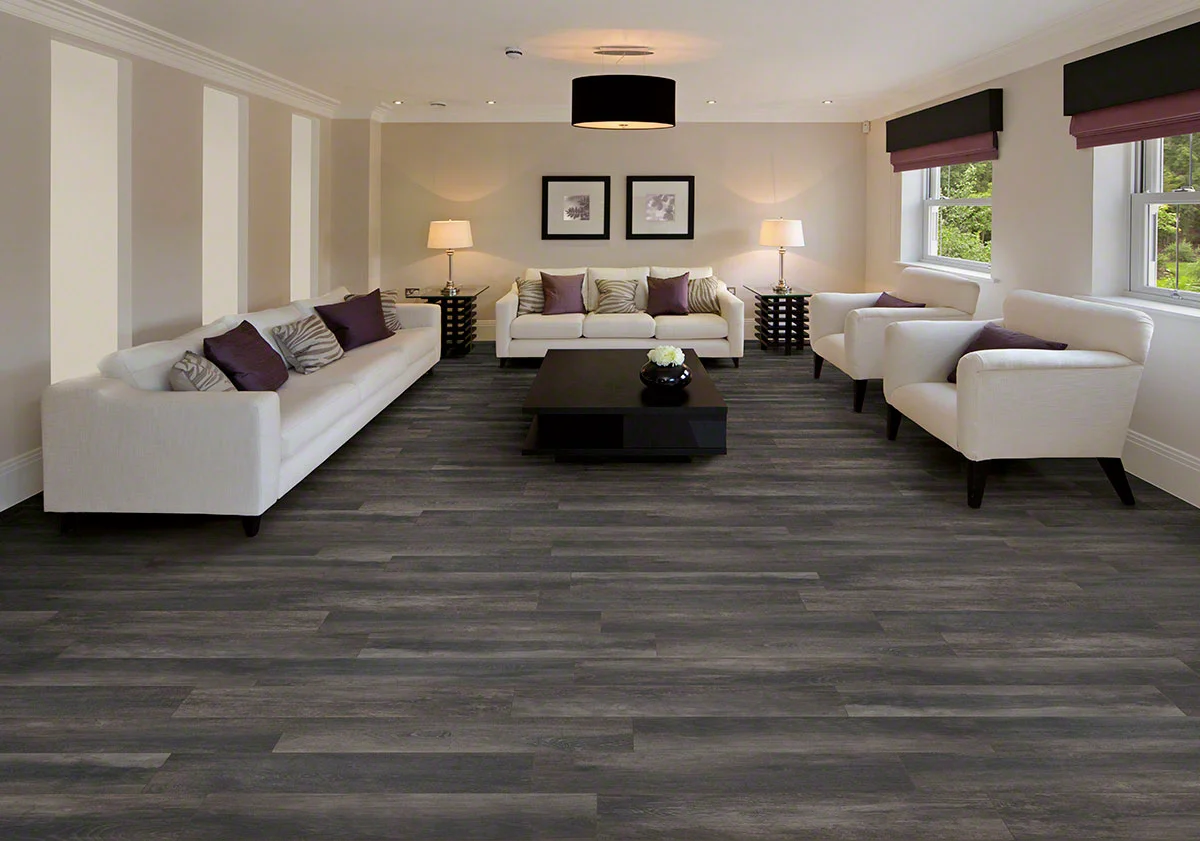
Wooden floors also need to be re-finished every few years with either oil or polyurethane. This protects the wood from moisture damage and scratches and adds shine. Direct sunlight will cause wooden floors to fade over time, so use curtains and blinds to control light exposure when possible.
Minor scratches and dents in wood floors can often be repaired using a wood floor touch up kit. However, deep gouges or water damage may require professional refinishing or sanding. With proper care and maintenance, both wood look tile and wood floors can last for decades. But if you want a floor that's practically carefree, wood look tile is probably your best option.
Wood Look Tile Vs Wooden Flooring: What’s the Difference?
| Feature | Wood-Look Tiles | Wooden Flooring |
| Material | Porcelain/ceramic | Natural hardwood/engineered wood |
| Durability | Highly durable, scratch-resistant | Can scratch, dent, or warp over time |
| Water Resistance | 100% waterproof | Susceptible to water damage |
| Maintenance | Easy to clean, low upkeep | Requires polishing, refinishing |
| Aesthetic | Mimics natural wood grain | Authentic wood texture |
| Comfort | Hard, cool underfoot | Warm and comfortable |
| Installation | Tile Adhesive & Grout | Nail-down, glue-down, floating |
| Best for | Bathrooms, kitchens, outdoors | Living rooms, bedrooms, dry areas |
| Lifespan | 20-50 years | 10-30 years (depends on maintenance) |
| Cost | More affordable | Expensive (especially hardwood) |
Conclusion
So when it comes down to it, the decision between wood look tile or real wood floors depends on your lifestyle, budget, and personal preference. If you want something durable that's easy to clean and maintain, faux wood look tile may be the better bet. But for those who want the genuine look, feel and value of real hardwood, the extra upkeep may be worth it. Either option can look fabulous with the right design, so focus on which material fits your needs overall. And if you’re still on the fence, get samples of both or talk to a flooring specialist. At the end of the day, choose what makes you happiest since you’ll be living with it!
Wood Look Tile FAQ
So you’ve decided wood look tile is the way to go, but you still have some questions. Here are the answers to some of the most frequently asked questions about wood look tile.
1. How Durable is Wood look Tile?
Extremely durable. Wood look tile is made of ceramic or porcelain, so it’s impervious to water, scratches, stains, and dents. It will not warp, crack or fade over time like real wood. Wood look tile can last for decades with minimal maintenance required.
2. Does Wood look Tile feel like real Wood?
Wood look tile has a hard, non-porous surface, so it won’t have the soft, warm feel of real wood. However, some wood look tiles do have textured surfaces that mimic the grain of wood quite well. Wood look tile also comes in plank sizes and shapes to closely resemble hardwood. With the right grout color and installation pattern, wood look tile can be nearly indistinguishable from hardwood.
3. How is Wood look like Installed?
Wood look tile is installed just like regular tile. It can be laid in a geometric pattern to resemble parquet flooring or in a random staggered pattern to mimic a real wood planks. Wood look tile planks are also often installed using the staggered joint technique where each row is offset from the previous for a seamless wood floor appearance.
4. Do I Need to Seal or Stain Wood look Tile?
No, wood look tile does not require any sealing or staining. Its durable glazed finish protects the surface and prevents stains from penetrating. You also won’t have to sand, re-stain or re-finish wood look tile like you would with real wood floors. Just sweep, mop or vacuum wood look tile and damp mop as needed to keep it looking like new.
5. Can I Install Wood look Tile myself?
Yes, wood look tile can be installed as a DIY project. The process is very similar to installing regular tile. However, for the best results, it may be best left to a professional tile installer, especially for larger jobs or if you want a seamless wood plank look. A pro can also help determine the best layout, pattern, and grout for your specific wood look tile.

